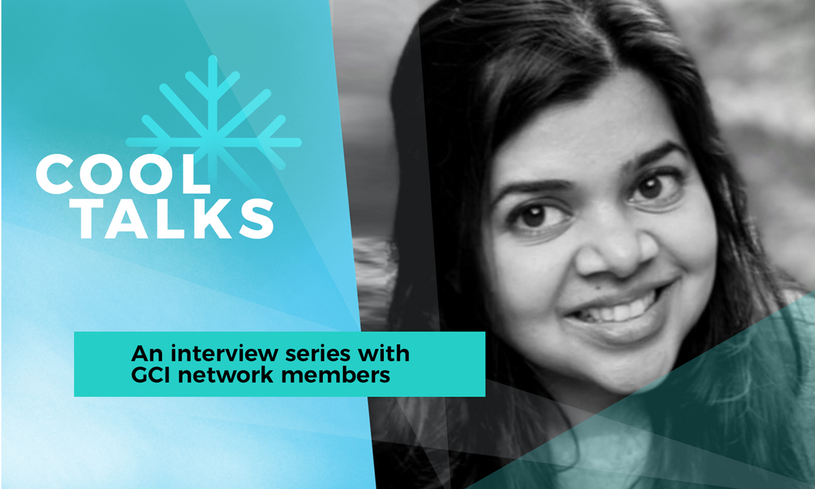Avipsa Mahapatra first experienced the tension between climate protection and economic imperatives during her childhood in India. Today she is Climate Campaign Lead at EIA U.S. and talks with us about her personal 'ikigai' and her vision of an HFC-free future.
With their high global warming potential, HFCs are among the fastest growing greenhouse gases worldwide. The internationally active Environmental Investigation Agency (EIA) has set itself the goal of reducing these "super pollutants" and is campaigning for the phase-out of HFCs in the HVAC sector. Back in the mid-1990s, the non-profit organisation began its work on ozone and climate protection with investigations into the illegal trade of ozone-depleting substances.
"Cooling has to be key part of any net zero targets," stresses Avipsa Mahapatra of the EIA U.S. office in Washington D.C. As Climate Campaign Lead, she leverages policy, technology and investigations to make the cooling industry more climate-friendly. In addition to raising awareness for natural refrigerants and energy efficiency, Avipsa Mahapatra and her colleagues support countries in the technical conversion, the development and implementation of standards, and expose the illegal trade in ODS.
Avipsa, what is your professional background and how long have you been working in this field?
My academic background is in Climate Science and Public Policy. Before joining EIA, I worked in academic and non-profit roles researching, developing, doing and advocating for actions that protect our planet and its species, from human-caused damage. I have been closely engaged with the youth climate movement since college and was an official youth delegate at the UN climate talks. As the climate talks were collapsing (around Copenhagen 2010), I joined a non-profit in India developing and implementing a community-led carbon-neutrality program in the Himalayas. I managed to get a couple of Master’s degrees in both science and policy, and experiences in countries as diverse as Norway and Vietnam, eventually joining EIA in 2012 to rid the world of HFCs.
Your role as youth delegate at the UN climate talks shows that you have been involved in climate protection from a young age. Where did your personal motivation for the topic originate?
My grandfather was a rice farmer in Odisha, still one of the poorest and most climate-vulnerable regions in India. He had no electricity and would pray for the arrival of monsoons, so he could feed his family. His generation saw 'economic growth' even if it meant it’d cost them clean air and water as the only way out of poverty and hunger.
I grew up in overcrowded megacities like Mumbai where failure of the commonly believed paradigm of economic development was obvious in vivid examples of people without basic rights of life: adequate food, clean water, clean air and a decent livelihood. I became aware at a very young age that unfortunately those hit hardest by pollution contribute the least to it (including carbon pollution) and that environmental issues are at the end of the day social issues. These days finally the public discourse is turning to the idea that social justice and environmental and climate protection cannot exist as separate battles.

